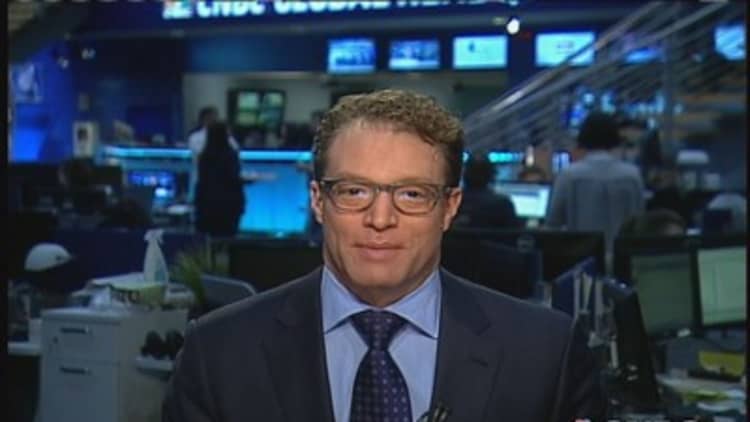
For the past five years, luxury companies have enjoyed dazzling growth by selling high-priced goods to China.
But the next five years are more likely to be all about selling high-priced experiences in the U.S.
While few companies will admit it, China's luxury market is quietly imploding. Luxury sales that were growing 20 percent or more a year are now expected to remain flat or grow just a few percent this year. And the problem is likely to get worse before it gets better.
China's economy is slowing, the government and media are cracking down on corruption and conspicuous consumption, and the once status-badge-obsessed Chinese consumers are getting a bit of logo fatigue when it comes to buying everything from wine to watches.
(Read more: Logo fatigue? Chinese now want understated luxury)
But the biggest problem is that China's rich consumers are vanishing, as many move overseas and take their money (and spending) with them.
The latest evidence comes buried in the earnings report from LVMH, the French luxury conglomerate that sells everything from Louis Vuitton and Fendi handbags and Emilio Pucci dresses and Dom Perignon champagne. Although worldwide sales grew a better-than-expected 7 percent, sales to China slowed to 5 percent in 2013, down from the 10 percent to 20 percent in previous years.
(Read more: A hard landing inChina: The risks in one graphic)
CEO Bernard Arnault said simply, "Consumption of luxury goods has slowed down in China."
Salvatore Ferragamo, the Italian leather-goods company, also admitted to China problems. The company said revenue growth in Asia last year was cut in half from 2012, to 10 percent. That echoed a similar warning from Tod's, the Italian shoemaker, which has seen its share price fall 7 percent.
"It feels like we are at an inflection point in China for some Italian luxury players like Tod's and Ferragamo that have historically outperformed in that key market,'' Credit Suisse analyst Guillaume Gauville told Reuters this week.
(Read more: China's millionaires continue to flee the country)
So what is the future for the global luxury industry? A report from the Boston Consulting Group suggests the industry may move more from selling stuff to selling experiences, and the top growth markets may increasingly be in the U.S.
The report said that the global luxury market is currently valued at around $1.8 trillion a year, with around $1 trillion of that coming from experiences like restaurants, travel, beauty treatments and exercise. Spending on experiences grew 14 percent a year between 2010 and 2012, while spending on things grew 11 percent.
BCG expects luxury sales to grow 6 percent to 7 percent a year for the next few years. But it said the emerging market wealthy, especially Chinese and Brazilians, will do most of their spending abroad. U.S. consumers will do two-thirds of their spending at home.
(Read more: Super-luxury car sales fell in 2013. Blame China)
It also identified the top cities for luxury-spending growth, since luxury marketing will become increasingly segmented and specific to certain areas and cities. Even within the same country, tastes and spending may vary widely.
"Luxury buyers in Shanghai and Beijing have more in common with their counterparts in Paris and Tokyo than they do with those in Zhenjiang and Panjin," the report said.
—By CNBC's Robert Frank. Follow him on Twitter @robtfrank.
Watch "Secret Lives of the Super Rich" Wednesdays at 9 p.m. ET/PT.|http://superrich.cnbc.com.


